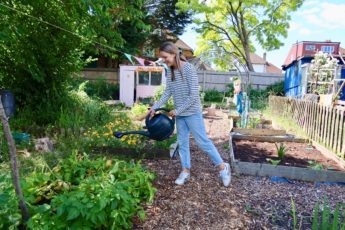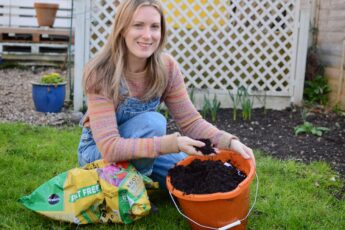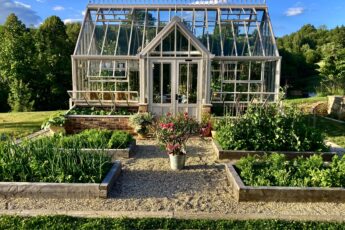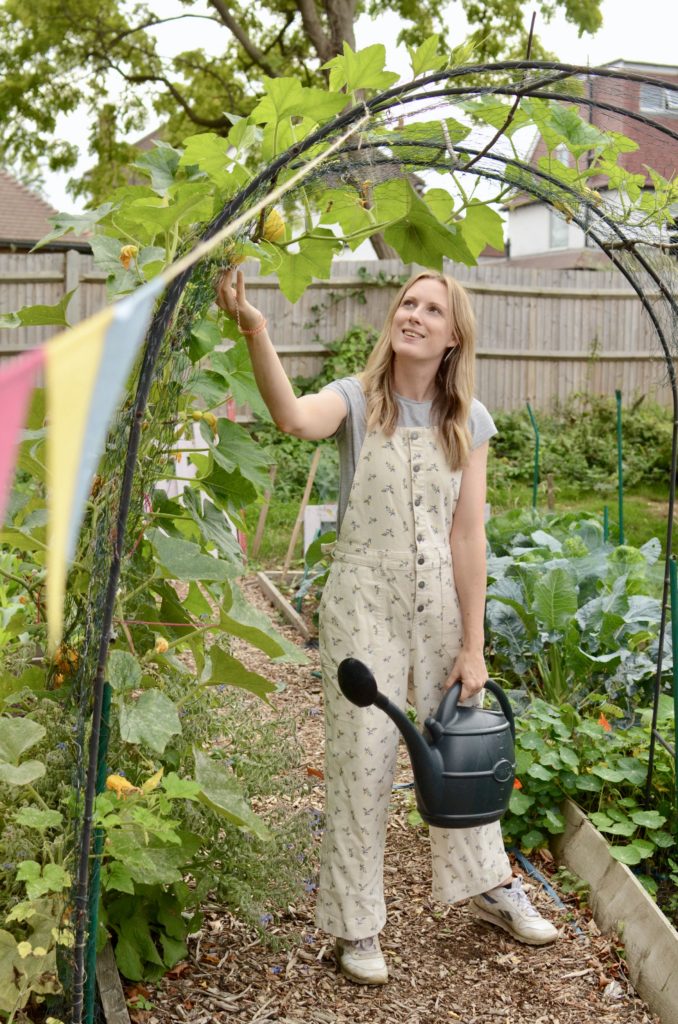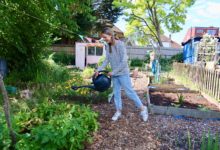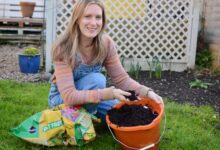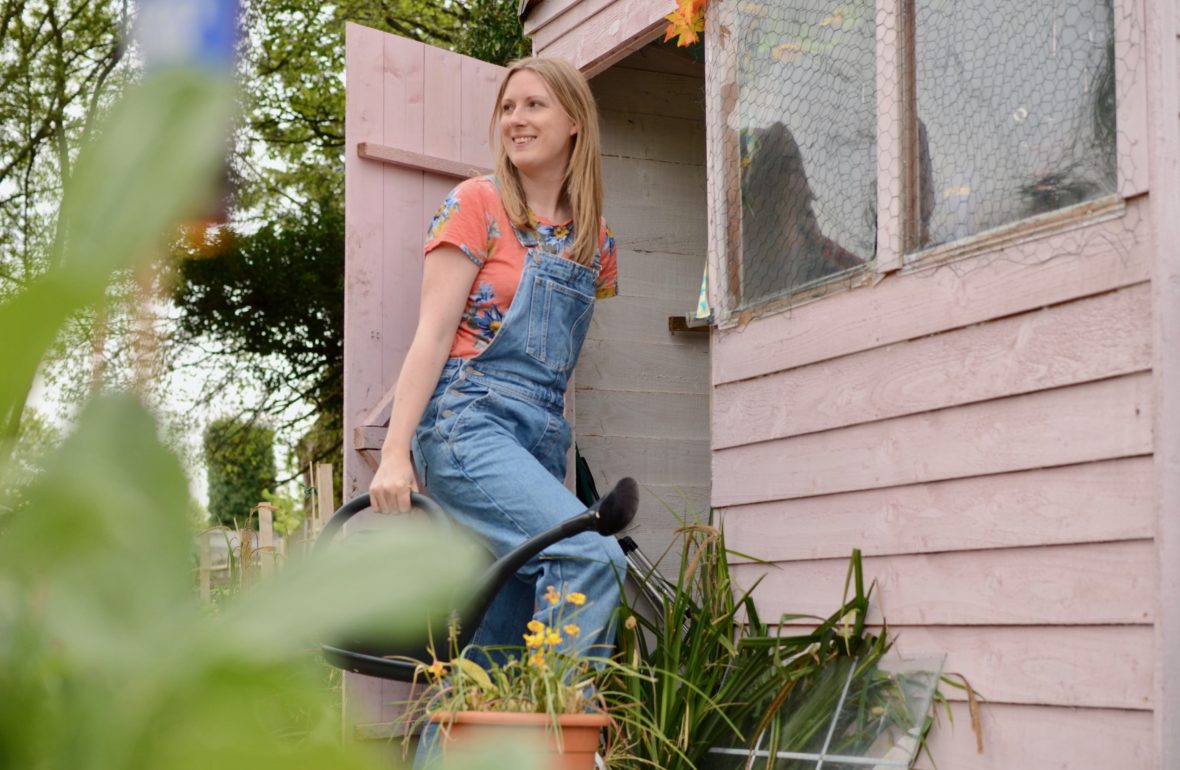
When composing this list of 10 common vegetable gardening mistakes, I realised quite quickly that I have made all of them! I think gardening is less of a precise art and more of an experimental process. Gardeners are learning all the time, no matter how long they have been doing it. After 3 years of growing my own food on my allotment plot, I might be able to tell you how to grow carrots, but I can’t always stop the slugs from eating them all!
Vegetable gardens are natural wildlife sanctuaries, because of the abundance of free food! So us gardeners have to learn to work with the natural world, not against it. It might feel unnatural at first, but it really is the best way to get the most from your produce.
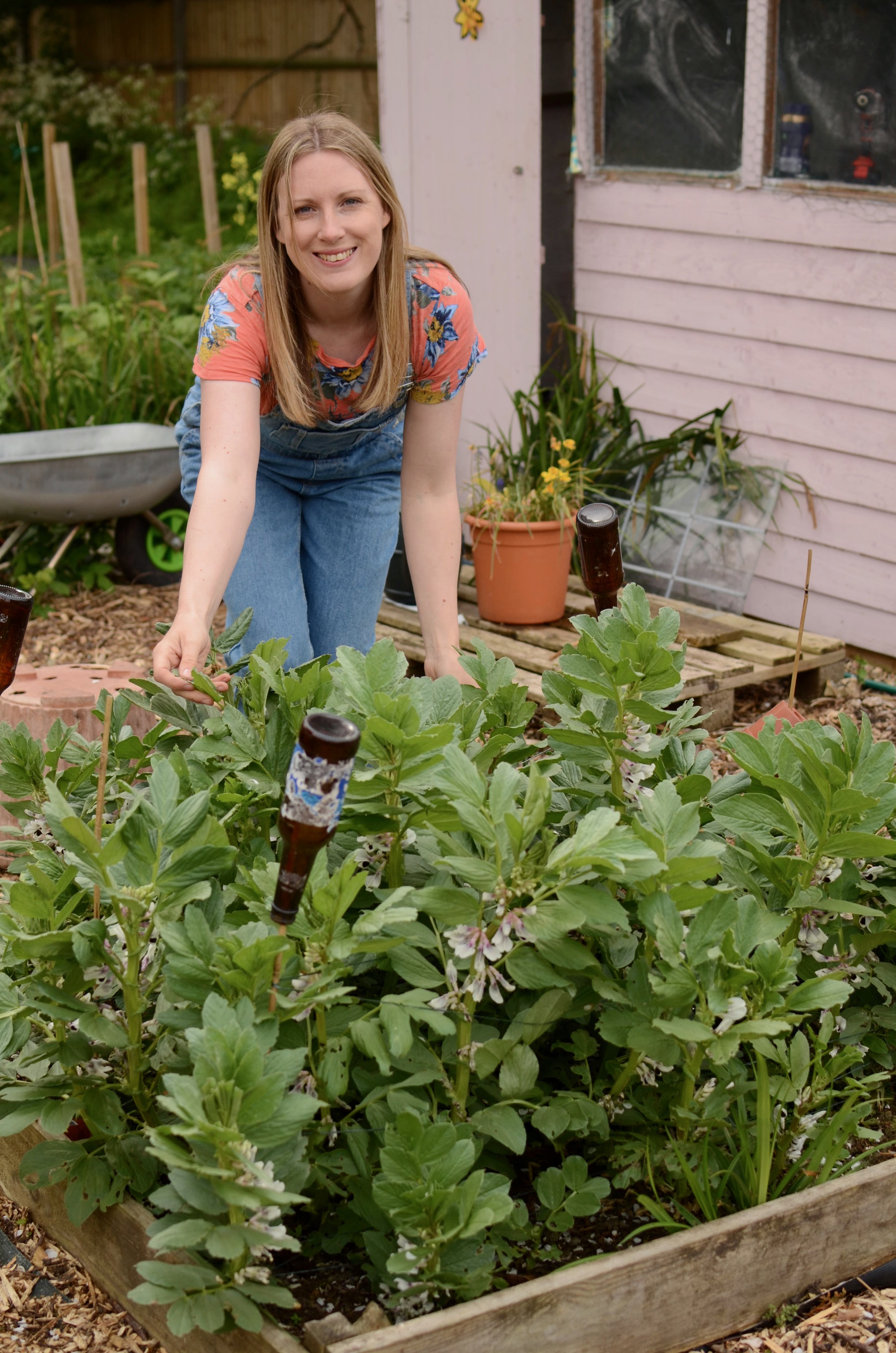
10 common vegetable gardening mistakes
Not growing what you eat
It might seem like an obvious one, but one of the most common vegetable gardening mistakes is simply growing food you do not like to eat. I myself grew chard for about 2 years, simply because I liked the rainbow colours and it was nice to have something green to look at in the winter months. But I quickly realised that if I don’t want to pick and eat it, it’s a waste of space and a waste of a harvest!
2. Not protecting seedlings
The amount of seedlings and plants I have lost to slugs, snails, mice and birds is endless. Protecting your newly planted out seedling is really important. Use slug and snail defences such as sharp sand, egg shells and beer traps to stop the little buggers from eating everything! Netting can be used to deter butterflies and birds.
3. Sowing seeds too early
You may think you’re getting a head start on the season, but sowing too early is a common vegetable gardening mistake from beginners and the experienced gardeners alike. When sown too early, seedlings will either get too big and die in their pots, or be planted out too early and killed by frost. Be patient!
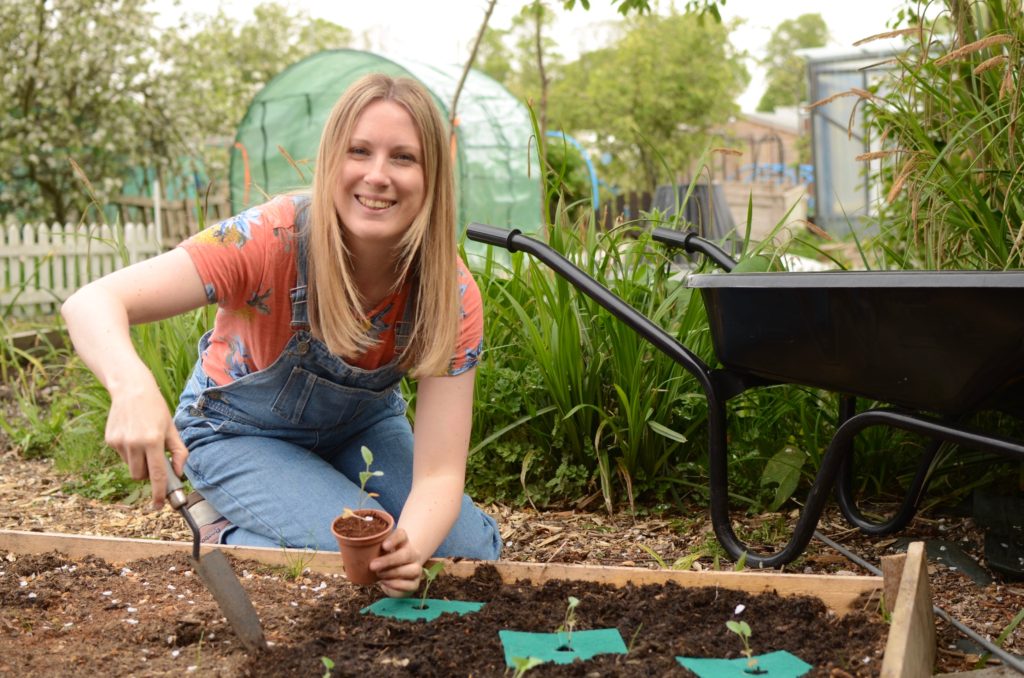
4. Not trying no-dig
I dug my beds over every year for ages, until I finally gave no dig a go. Now I wont look back. No dig is essentially the idea of layering up your beds with things like cardboard, compost, leaf mould and manure, instead of digging it over. The results are less weeds, a soil richer in biodiversity and happier crops. Try it, it might save your back!
5. Not using vertical space
However big your growing space is, there is always a way of getting more out of it. And that way, is up! Don’t be afraid to grow things vertically, up archways or trellis or even by hanging pots of strawberries on the wall. to only is this a great way of getting more growing space, it looks pretty cool too! How about trying to grow your own pumpkin arch?!
6. Not watching the sun
The way that shade and light falls onto your plot is going to be really important when thinking about where to grow certain crops, and is a common vegetable gardening mistake. Brassicas, salad and beetroot will all tolerate some shade, but crops such as tomatoes, pumpkins and sweetcorn need sun to grow well! Watch where the light falls in the day, check which direction your plot is facing and then map out your crops accordingly.
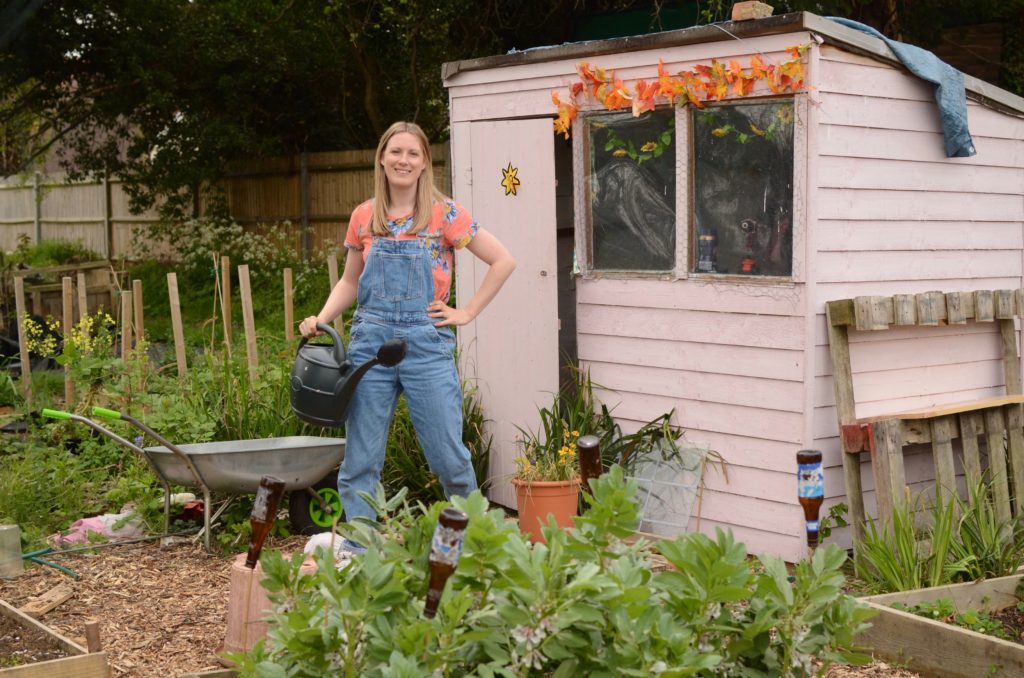
7. Not making your own compost
This is so important, especially if you are opting for a no-dig style vegetable plot. Compost is a really important material for vegetables and it’s expensive to buy, so making your own is a great skill to have. Make sure your compost bin is covered to keep heat in. Compost is made up of green and brown material which needs to be cut up when placed into the bin. It’s not an easy skill to master, but once you do you’ll have fresh free compost for years!
8. Not conserving water.
A common vegetable gardening mistake is to water everything from a hose pipe which runs on tap water. Not only is there an abundance of free water to collect in the form of rain, but rain is actually better for your plants as it doesn’t contain harmful chemicals. It also carries with it lots of important nutrients and minerals that will benefit your vegetables! Install a water butt on your vegetable garden. You can build guttering onto the side of your shed to collect it!
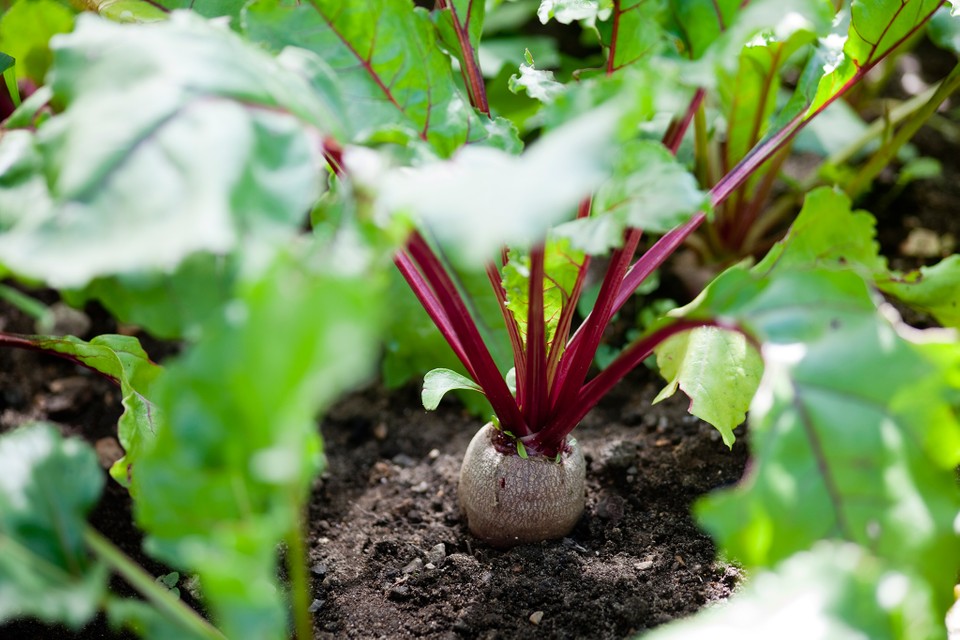
9. Not making a plan
You’ve got to have a plan! Plan out where your crops will go so you don’t sow more than you have room for. Also, keeping track of where everything was planted each year is important when it comes to crop rotation. This is where you change up the position of each crop every year or so to stop the spead of any diseases.
10. Working too hard
Growing your own vegetables is fun! It can be hard, tiring work, but the reward far outweighs any negatives. Make sure you take time out to enjoy what you have created and feel proud!


